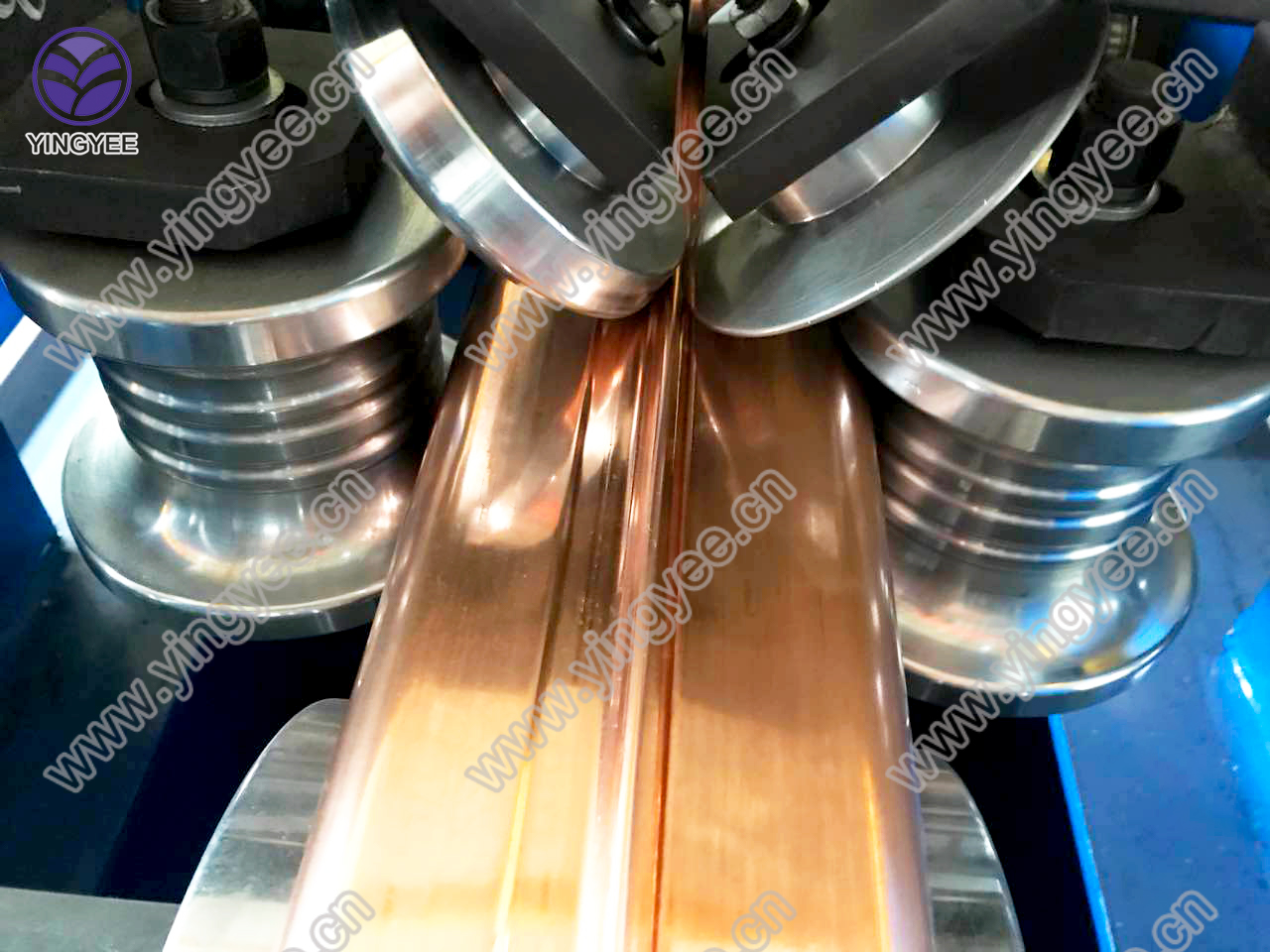
The Importance of Roof Tile Rolling Machines in Modern Construction
In the realm of construction, building materials play a pivotal role in determining the quality, durability, and aesthetics of structures. Roof tiles are among the most essential components of a building, serving not only as a protective layer against the elements but also contributing to the visual appeal of the architecture. The process of manufacturing roof tiles has significantly evolved over the years, thanks in large part to the advent of advanced machinery, particularly the roof tile rolling machine.
What is a Roof Tile Rolling Machine?
A roof tile rolling machine is a specialized piece of equipment designed to produce roof tiles in a continuous and efficient manner. Utilizing advanced technology, these machines can transform raw materials, such as metal sheets, into beautifully shaped tiles that are ready for installation. The rolling process typically involves feeding metal sheets into the machine, which then shapes, cuts, and forms them into various tile profiles, enabling manufacturers to produce a range of designs to suit different architectural styles.
Key Advantages of Roof Tile Rolling Machines
1. Efficiency and Speed One of the most significant benefits of using a roof tile rolling machine is the speed at which production can occur. Traditional methods of tile production can be labor-intensive and time-consuming. In contrast, these machines automate much of the process, drastically reducing production times and enabling manufacturers to meet increasing demand.
2. Precision and Consistency Roof tile rolling machines are engineered to produce high-quality tiles with precise dimensions and consistent shapes. This uniformity is crucial for installation, ensuring that tiles fit together seamlessly and provide effective protection against weather-related issues.

3. Versatility in Design Modern roof tile rolling machines can be customized to create a wide variety of tile profiles, including traditional clay tiles, modern metal tiles, and even newer materials that mimic the appearance of natural products. This versatility allows manufacturers to cater to diverse customer preferences and architectural requirements.
4. Cost-Effectiveness Although the initial investment in roof tile rolling machines may be substantial, the long-term savings can be significant. With increased efficiency and reduced labor costs, manufacturers can lower their overall production expenses. Additionally, the durability of the tiles produced can lead to fewer replacements and repairs, further enhancing cost-effectiveness over time.
5. Environmental Considerations Many modern roof tile rolling machines are designed with sustainability in mind. They often utilize eco-friendly materials and processes that minimize waste. Furthermore, the durability of metal roof tiles contributes to sustainability by reducing the frequency of replacements.
Conclusion
The introduction of roof tile rolling machines marks a significant advancement in the construction industry, revolutionizing how roof tiles are produced. With their ability to enhance efficiency, precision, and design versatility, these machines play a crucial role in meeting the demands of modern construction. As the industry continues to innovate, roof tile rolling machines are likely to evolve further, incorporating cutting-edge technology to improve performance and sustainability.
In an age where building materials must meet both aesthetic and functional needs, the roof tile rolling machine stands out as an indispensable tool for manufacturers and builders alike. Whether constructing residential homes or commercial buildings, the quality and reliability of roof tiles produced by these machines will undoubtedly continue to be a cornerstone of safe and impactful construction.